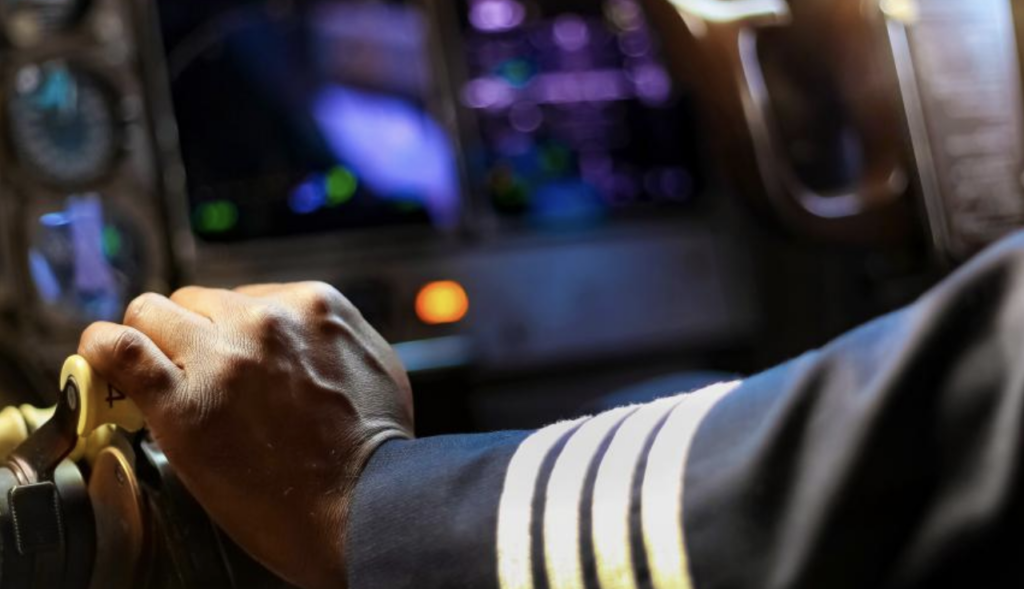
Is the bizav pilot shortage over? The short answer is no. We might be catching our breath and experiencing a little relief right now, but the underlying issues remain.
What we have today isn’t exactly a shortage of pilots, but rather a shortage of qualified pilots, particularly in business aviation. Despite what some might say, the reality is that it’s still a pilot’s market—and a maintenance technician’s market, too.
What does that mean for us?
If you post a pilot opening today, you might see more applicants than you did last year. Some military pilots are bypassing the airlines entirely, looking straight to business aviation. And a few pilots who left business aviation for the airlines are now returning.
Every week, I hear from retired airline pilots over age 65 who are eyeing opportunities in our space. But will companies invest in a type rating for someone at the very end of their career? And are they willing to transition from a strictly flying role to one that encompasses handling every phase of a trip?
And yes, there’s growing interest from younger folks in business aviation. But here’s the challenge: How do we bring in low-time pilots and keep them? It’s not just about getting them hours—it’s about getting them the proficiency required for our operations. Few corporate operators are staffed with enough tenured pilots who can develop interns and manage ab initio-style programs. It takes a solid bench of mentor pilots to create qualified pilots.
When you’re operating super-midsize to large business jets, often on complex domestic and international missions, you need more than just an ATP with 1,500 hours. You need pilots with a depth of experience. For instance, the pilot laid off from Wheels Up who has flown only King Airs isn’t necessarily ready to jump into a “heavy iron” operation. It’s not an easy transition.
You can’t just blanket the industry with advice like, “Go to business aviation until you have 1,500 hours.” That’s not practical, and frankly, it’s not helpful. Who is hiring low-time pilots at that scale? None that I’m aware of.
The real issue with the bizav pilot shortage
Some might argue that the bizav pilot shortage is over or will soon be. I disagree. I think what we’re seeing now is a temporary lull, largely because of airliner delivery delays. This is causing the airlines to pause hiring. But once these aircraft hit the tarmac, those pilots will be snapped up.
The real problem is that we’re not developing enough of the highly experienced, tenured pilots that corporate flight departments are looking for. The pool of these pilots isn’t coming from the regional airlines and military the way they used to. Fewer pilots are now making that transition to business aviation, and those who do often don’t have the needed experience.
We need to focus on quality, not just quantity when it comes to recruiting pilots. The pilot pipeline predicament is real. Until we solve that, we’ll continue to face challenges in attracting the right talent to keep our operations running smoothly.
About the Author
Sheryl Barden, CAM, is CEO of Aviation Personnel International, the longest-running recruiting and HR consulting firm exclusively serving business aviation. A thought leader on all things related to business aviation professionals, Barden is an NBAA CAM Fellow and formerly served on NBAA’s board of directors and its advisory council.
The opinions expressed in this column are those of the author and are not necessarily endorsed by AIN Media Group.
This article about the bizav pilot shortage originally appeared in Aviation International News.
